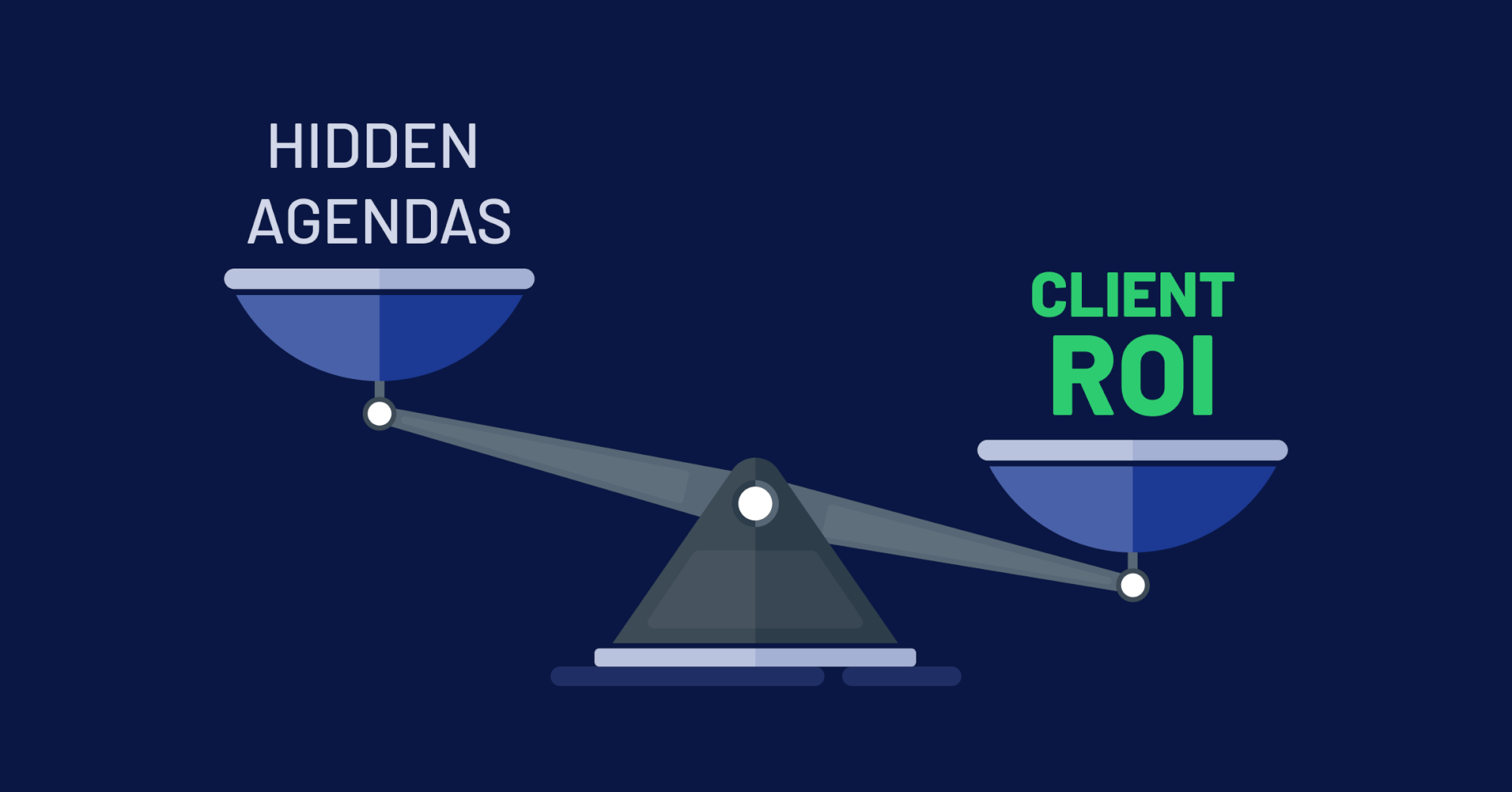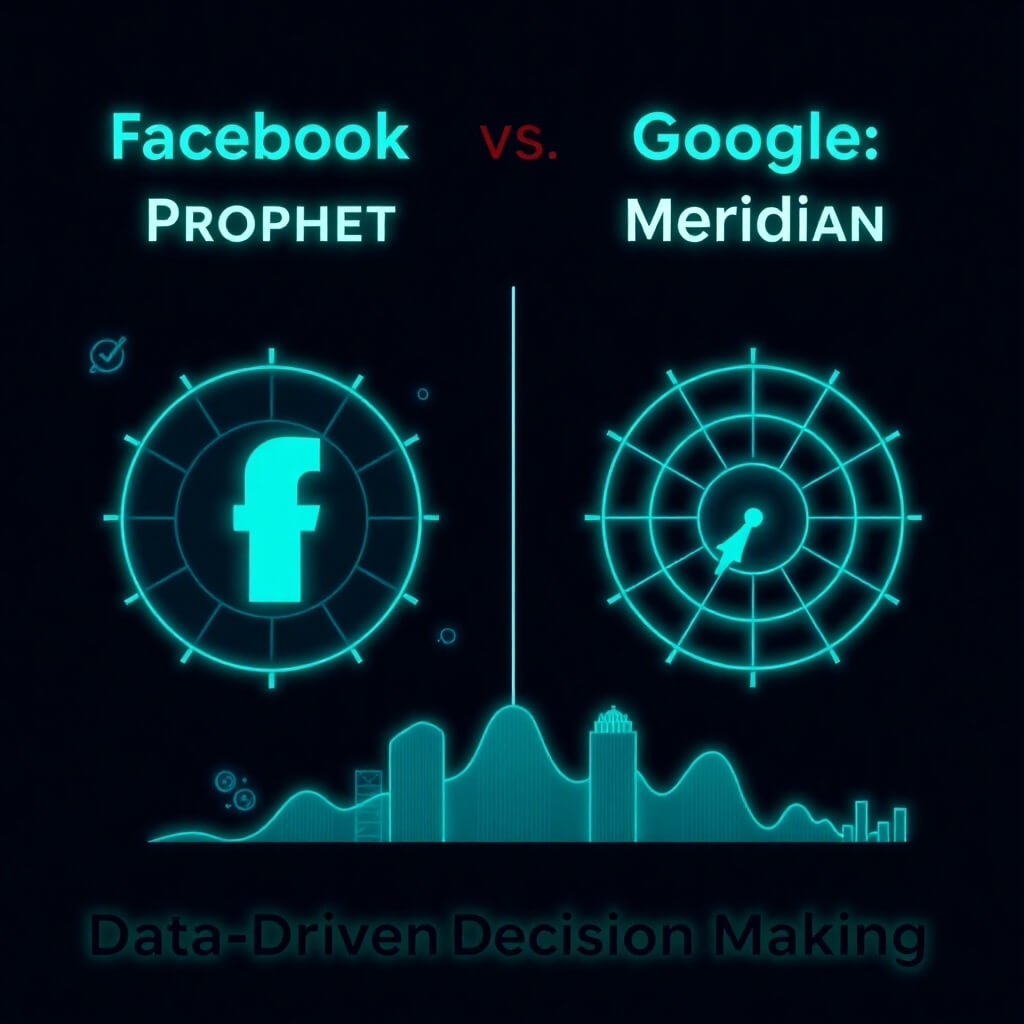It amazes me when I see advertising that does not have a call to action or, even worse, has an anemic one like “learn more.” Sure, it’s difficult to ensure that your banners and search ads have something appealing to offer besides a catchy graphic or tag line but c’mon – every company has something of value to offer its prospects. So unless your success metric is impressions, the idea behind online advertising is to encourage some kind of desired behavior. It could be a high value brand engagement like watching a video, playing a game, sharing with a chiclet, or hitting a Facebook “like” button. Or it could be things more tangible like lead capture, materials download, or e-commerce transactions.
At my firm, we always try to start our creative process by breaking our messaging down into two modules: benefits and offers.
When people are online they will usually ask two things of an ad they see:
How are you going to help me? A person – whether they are making a consumer or business purchase – will look at a product or brand and think: Will this help me do something? Will it help me do a better job? Save money? Make more money? Be healthier? Look better? Feel better? Be safer? Have fun? What is the benefit of this product? Why should I care? Answering this question is the first part of sparking interest and engagement online.
What do you have for me right now? A call to action must say more than “learn more.” It must fulfill on the benefit statement. It must encourage a consumer to take action to get educated on making the right decision, saving money on a product, or getting something that will put him on the path to happiness, wellness, or fun. It needs to offer something of enough immediate value that people will do what you want right there and then.
So here are some tips on presenting and describing calls to action in a way that fits into the unified approach to benefits and offers:
- Get a quote: When using this call to action, never underestimate the power of “How much?” When you window-shop and see an item you like, what is the first thing you wonder? How much is that? When you are being pitched on a piece of technology or service, what is the last thing you ask? How much? This one is my favorite because typically it creates a very high value lead. The volume of leads from this may be lower, but the quality of the lead is much higher. A consumer has already indicated interest in the product and wants to know its cost. So typically the information consumers give you in the lead form is real and they are expecting to hear back from you. Entire businesses like LendingTree and Cars.com make fortunes on providing quote requests to their clients. Why? Because a request for a quote is an active request for sales engagement – it is by far one of the highest value leads and actions you can generate.
- Download a guide/white paper/research report: Of course, this is a standard offer but often is presented improperly. Simply saying “free white paper” is not enough. You must come up with an attractive, concise, and benefit-oriented title to use in the call to action. So instead of “get the white paper or guide” it’s “get the Enterprise Storage Buying Guide” or “download 10 Things to Ask When Buying a Home.”
- Download a poster/infographic: People love visuals and posters. Show them an educational poster or infographic and they will want it. They may also print it, put it on their wall or fridge, and share it. The advantage of infographics and posters is you can show representations of them in your banners and landing pages to create desire. You can fulfill them online or even by mail and they put your brand and materials in people hands in a form they will possibly study or keep. Helping consumers understand complex concepts like cloud computing, social media, or allergies are ideal topics for infographic. Imagine a cholesterol drug making a nice reminder poster about eating healthy – would a concerned wife, child, or caregiver put that on the refrigerator or e-mail it to a loved one? My company did a social media map that has been download 50,000 times off our site and is posted on blogs, sites, and cubicle walls far and wide.
- Get a savings certificate or coupon: Delivering a savings certificate or coupon is an obvious step in escalating a sale. However, many efforts fall short on this front because the marketer failed to further motivate a consumer to go to a particular store or contact a sales person. Don’t just deliver a coupon – deliver it with the nearest store to buy the product printed on the same page!
- Watch a 60-second video/demo: You have successfully created the desire, now let people consume more information in the way they like to consume media – via video. The key thing here (like with the white paper or guide) is to tell them what they are going to learn and what to do after watching the video. So instead of “see a demo of our product” the video should be titled something, like “Profiting from CRM in 60 Seconds” and then at the end, insert the form where the video was.
- Like our Facebook Page: I cannot resist including high value social actions we are all chasing. In this case, when trying to make social friends online, it is key to answer this question, “Why would anyone want to be my friend?” So don’t just put the “like” button there and say, “Become a fan of our page.” Tell people why. Say, “Like our Facebook page to get allergy relief updates and news.”
- Share this content: If you are branding or trying to propagate your content throughout the Web, this is one of my favorite approaches. Sharing chiclets – those little buttons that let you post things to Facebook or tweet them on Twitter – are the best way to spark viral distribution of your materials. (See more about them in my column, “Socializing Your Banners With Chiclets.” Do not put them at the bottom of your banner or landing page like some kind of afterthought. If your goal is to get everyone to share your coupon, report, or infographic, then make the action front and center. Say, “Click here to post this report to your Facebook page.”
- Opt-in to our e-mail list: OK, let me say something that people need to be reminded of: e-mail still works! Surprisingly, many marketers overlook the fact that their house e-mail lists are still probably their most productive online programs. So it is a wonder to me how few have made getting people to opt-in to their house lists a focus or success metric of their online advertising programs. Remember, getting people to subscribe to your e-mail lists should still be on your radar screen. Again, tell people why they should sign up. Don’t just simply say, “Subscribe to our e-mail.” Say, “Get great savings alerts” or “Valuable allergy control tips and research” by signing up for our e-mail list.
- Call now/talk to a human: Here’s another overlooked online tactic. People think just because we are online that consumers have suddenly stopped using the phone or no longer want to talk to a human being. Both assumptions are not true. Also, getting a sales prospect on the phone is usually the desired result of a lead form anyway. So if you can get them to call you, that lead is that much more valuable! If you are able to answer the phone (via a sales rep or call center), why not promote that advantage? Instead of “fill out this form,” how about, “call us now to get answers from an actual person!” Use that ability to give personal service as a call to action! And of course, track inbound calls from online ads via unique toll-free numbers.
- Buy now: Sure, virtually no one is going to immediately buy a Ford Fusion because he saw your banner ad. But if you do a good job creating desire with the benefit statement and you are an e-commerce site, sales is your primary success metric. So why not offer special deals to people willing to take the buying plunge right then and there? If offering an immediate $10 discount from the banner click lowers the cost per sale by $15, why not do it? It amazes me how resistant people are to that when you are a) not doing across the board on the site and it is just for that consumer for that click at that moment and b) has the potential to dramatically offset your cost per sale and boost ROI. The only difference between $10 in media and $10 in discounts is what line the expenditure lives in a P/L. Yes easier said than done for larger companies but again – a dialogue and tactic that is worth having and testing.
Of course I am missing many other things that could be offered, so as always please feel free to comment and add other effective calls to action you have used.





